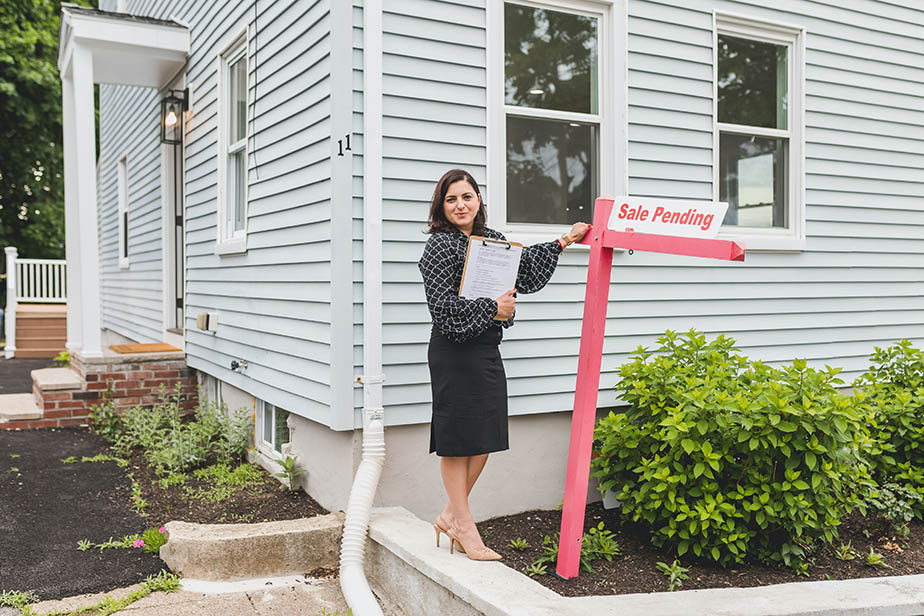
Inflation surges in Australia, climbing by 3.5 percent, meaning you may have to pay an extra $500 every month for your mortgage.
With the cost of petrol and building materials soaring, Westpac, Australia’s second-largest bank, is also forecasting six RBA rate rises within the next two years
Nick Drewe, money-saving expert at Australian discounts platform, WeThrift, shares his top tips on saving money on energy bills, tax, and other daily costs including supermarket shopping and travel and ahead of the upcoming hike.
1. Keep checking your bills regularly: Whilst some energy suppliers have been known to either make changes to tariffs or make mistakes when charging customers, it’s always a good idea to check your regular household bills.
With winter approaching, those who continue to work from home or have flexible conditions may opt to stay at home, therefore bills for water, energy, and mobile data are likely to increase.
2. Research before choosing a supplier: While many billpayers may instinctively choose an energy supplier they are familiar with, this may not always be the most cost-effective option. Really delve into a wide range of energy suppliers available and compare their prices.
Also note, if you are looking to switch energy suppliers, be sure to analyse each company’s exit fees, and opt for one that won’t charge the earth if you want to leave.
3. Understand your energy bill: Whilst there are often a lot of terms and conditions to read, attempting to understand the information related to your energy tariff and household consumption could help you keep the costs of your bills down.
The personal projection on the bill is the amount your household is expected to spend over the next 12 months, and the tariff comparison rate figure helps you understand how much you’re spending per kilowatt-hour of gas and electricity.
Knowing this information will make it easier when comparing energy deals if you are planning to switch to a cheaper one, or help you monitor your current energy consumption.
4. Book travel tickets early: If you’re someone who likes to plan ahead for the coming months, then this could help you make significant savings when it comes to booking your rail travel. Securing your train tickets between one and three months ahead of time could benefit you hugely when it comes to saving pennies.
If possible, always try to book train times that don’t clash with rush hour periods too (06:30 – 09:30 and 15:30 – 18:30).”
5. Look for discounts codes before ordering takeaways: If you’re treating yourself to a well-deserved takeaway, before clicking ‘checkout’ on sites like Deliveroo or Menulog, it’s always worth a search on voucher sites for any discount codes or free delivery incentives that could knock your basket price down.
Also, always check your emails for any promotional vouchers that may have been sent following your last order. Often delivery couriers will offer customers small incentives ahead of their next purchase to retain their loyalty and avoid them being tempted to order elsewhere
Deliveroo customers have the option to ‘Refer a friend, which will secure both of you $10 off your next order.”
6. Find the best exchange rates: With foreign travel allowed once again, many are looking for a last-minute getaway to enjoy some much-needed sand and sunshine.
Despite booking a last-minute trip, when it comes to gathering your currency, it is best not to exchange your money last minute at the airport. This is because the rates are generally much less favourable than online or high-street alternatives, therefore preparation is key.
When booking a last-minute break, try to order your euros for collection in advance of your travel dates to take advantage of the best possible rates.
Getting yourself a money travel card will help you get the best rates and whilst it doesn’t fully replace having currency in hand, once you are there you can use these at no cost for spending or withdrawing from a cash machine.”
7. Time your grocery trips wisely: Try to time your grocery trips for when your local stores are likely to have just added yellow ‘reduced’ stickers to stock that needs to be sold that day. Making the most of these heavily discounted deals will help you to fill your freezer up with discounted meat, fish, and freezer meals for cheaper food options in the coming days and weeks.
Normally workers will start discounting products that are about to pass their sell-by-date later on in the afternoon or early evening, so a food shop after work is the perfect time to grab a bargain.
Many supermarkets also have clearance sections where products that cannot be sold at their RRP or may have damaged packaging can be found. Just make sure to check you are happy with the item and that the goods aren’t compromised before heading to the checkout.”
8. Cancel any unnecessary direct debits: Now is the perfect time to log on to your online banking and scour your direct debits and standing orders to see if you can cancel anything that’s become an unnecessary spend.
Whether it be a gym membership you aren’t quite getting your money’s worth for, or a streaming service you signed up for during lockdown that you no longer make the most of, cutting these small outgoings will make a difference to your bank balance in the long run.
Also, make sure all of your monthly direct debits look correct, and if there is any questionable outgoings from your account to immediate
Source: https://www.wethrift.com/tag/australia
This article was sourced from a media release sent by Laura Burns @ JBH








